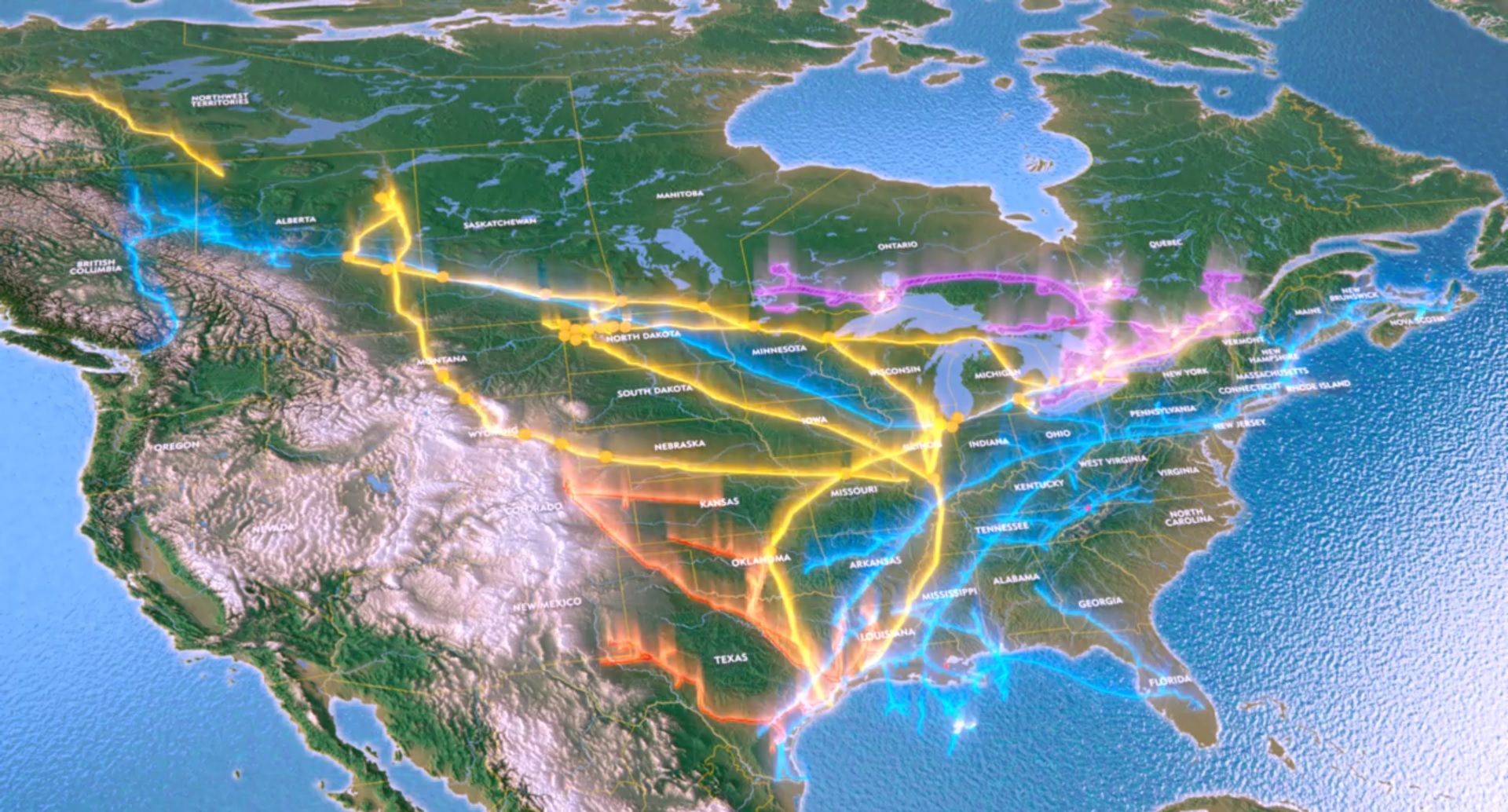In the face of today’s always-on economy, a resilient and diversified energy delivery strategy means Enbridge can ‘thrive in all seasons’
In March, a massive power outage shut down one of the world’s busiest airports for a full day, canceling over 1,300 flights and stranding tens of thousands of passengers in London.
The following month, entire cities in Spain and Portugal went dark during a once-in-a-generation energy shortfall that caught operators off guard.
Then, in May, New Orleans leaders were forced to cut electricity to more than 100,000 customers as early-season heat pushed demand beyond the grid’s capabilities.
These events aren’t isolated; they reflect a broader, emerging pattern. The energy sector is at a pivotal moment. Political and economic uncertainty, increasingly frequent extreme weather events, and surging power demand are together creating a complex and unpredictable environment while placing enormous strain on aging infrastructure in urgent need of investment.
In today’s 24/7, always-on economy, limiting how we meet energy demand can create unintended consequences. Energy needs aren’t uniform—each community across North America has different requirements, shaped by local geography, availability of infrastructure and economic conditions.
But despite these differences, one reality remains constant: energy is essential to fuel everyday life and our economy. That shared dependence calls for a pragmatic and comprehensive strategy—an all-of-the-above approach to energy.
This “you-need-it-all” mindset positions Enbridge for growth.
Built for moments of rising demand
“Remember, we’ve built this company for exactly this type of moment—a resilient company that can thrive in all seasons,” said Greg Ebel, Enbridge President and CEO.
One example: the accelerating electrification of the economy. From data centers and artificial intelligence to electric vehicles, cooking, and home heating, electricity demand is growing rapidly—and much of that demand is still powered by natural gas. In fact, natural gas was the single largest source of electricity generation in the U.S. in 2023, accounting for 43% of total output, according to the U.S. Energy Information Administration.
At the same time, clean energy sources like wind, solar, and battery storage are playing a larger and increasingly valuable role. Their low operating costs and deployment flexibility make them essential parts of the energy mix. But even as these technologies expand, they remain dependent on reliable backup. Natural gas continues to be a critical enabler, capable of delivering the firm, dispatchable power required to balance the intermittency of renewables.
Beyond electricity generation, natural gas remains indispensable for high-heat industrial processes that can’t easily be electrified—such as steelmaking, cement production and chemical manufacturing. These industries depend on consistent, high-temperature output, which natural gas uniquely provides. Without it, production efficiency would fall, and costs would rise, sometimes dramatically.
The growing complexity of today’s energy systems is mirrored by North America’s increasing reliance on the power grid, even as that infrastructure shows signs of wear. The American Society of Civil Engineers recently downgraded the energy sector’s 2025 Infrastructure Report Card to a D+ from a C- in 2021. The report cited shortages of essential equipment like transformers and limited transmission capacity as key risks, underscoring the urgent need for investment.
Reliable, always-on energy
For operations with mission-critical functions, uninterrupted power isn’t a convenience—it’s a necessity. In hospitals, military installations and water treatment plants, even brief outages can have life-threatening consequences.
That same reliability is also essential to managing stormwater systems, operating inland waterways, and maintaining secure communications. In an increasingly digital and interconnected world, cybersecurity risks also escalate during prolonged blackouts.
At Enbridge, we understand that being “always on” means keeping energy flowing—we continually modernize our systems to ensure safety, reliability and efficiency—and being equipped to respond, recover and adapt through all types of disruption.
Our longstanding commitment to reliability and delivery for our customers has made us leaders in building and operating high-performance, multi-fuel energy super systems.
Enbridge operates the continent’s largest natural gas utility by volume, transports 20% of the natural gas consumed in the U.S, operates North America’s longest oil and liquids transportation network and generates more than 3,400 MW (net) of renewable power.
That scale and experience reinforce what we know to be true: overcoming today’s energy challenges,and capturing tomorrow’s opportunities, will require a diversified, resilient, all-of-the-above energy approach.















